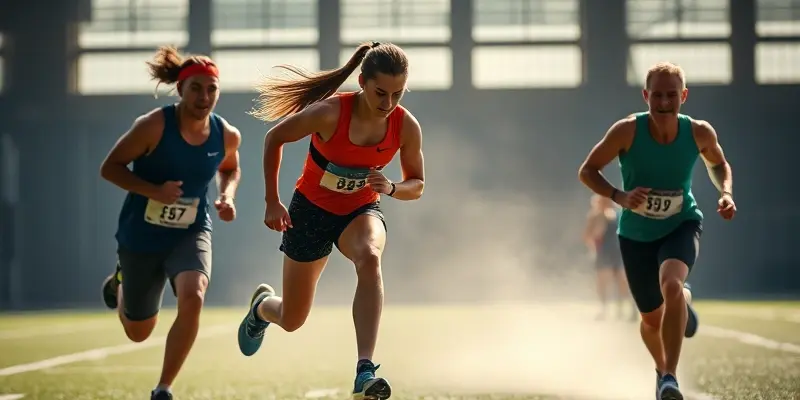Technology and Evidence-Based Strategies in Sports Recovery and Injury Prevention
In the world of sports, staying active and healthy is a top priority. With the rapid advancements in technology, sports recovery and injury prevention have become more effective than ever. This article explores how evidence-based strategies combined with modern technology can help fitness enthusiasts and athletes maintain peak performance and recover swiftly from injuries.
Technology-Driven Recovery Strategies
Wearables and Motion Analysis: Imagine having a coach who never sleeps. Wearable technology acts like this. Devices track your movement, analyze your technique, and even suggest improvements. Whether it’s running, swimming, or lifting weights, smart wearables help you perfect your form, reducing injury risk.
Regenerative Medicine:Let’s dive a bit deeper. Regenerative medicine, like stem cell therapy, offers cutting-edge solutions to sports injuries. By promoting natural healing, these technologies can help rejuvenate damaged tissues faster, bringing athletes back into action more quickly.
Neuroeducation and VR:After an injury, retraining your brain to engage muscles properly is crucial. Virtual Reality (VR) and neuroeducation techniques work wonders here. They enhance coordination and help athletes regain their footing, almost literally!
Effective Recovery Techniques
The R.I.C.E. Method:First aid in sports often starts with the R.I.C.E method – Rest, Ice, Compression, Elevation. This effective strategy can be your go-to approach for tackling swelling and pain after injuries.
Physical Therapy and Gradual Return:Physical therapists create tailored programs that encourage gradual return to activities, ensuring injuries heal fully. Properly paced recovery helps minimize re-injury chances.
Hydrotherapy and Foam Rolling:Relieving soreness after a heavy workout can be as soothing as it sounds. Hydrotherapy, also known as water immersion therapy, reduces muscle pain and aids recovery. Additionally, foam rolling is excellent for easing tension and enhancing flexibility.
Psychological Methods in Injury Recovery
Cognitive-Physical Integration:Healing isn’t just physical; it’s mental too. Cognitive-physical integration techniques, such as mental imagery, keep athletes mentally sharp during recovery. Visualizing successful plays or moves can conserve neural pathways and maintain muscle memory.
Decision-Making Drills:Keeping the mind engaged through decision-making drills and focus techniques helps relieve the frustration of being sidelined and prepares athletes for a seamless return to their sport.
Nutrition for Recovery
Balanced Diet and Anti-inflammatory Foods:Nutrition is the backbone of recovery. A diet rich in proteins, vitamins, and anti-inflammatory foods like fatty fish and nuts supports tissue repair and reduces inflammation. Eating right can be your secret weapon in speeding up recovery.
Hydration:Never underestimate the power of water. Staying well-hydrated maintains muscle health and flexibility, crucial in every step of the recovery process.
Conclusion
Incorporating technology-driven tools, effective recovery techniques, mental resilience, and proper nutrition can dramatically enhance your sports recovery journey. It’s all about balance. Tailoring these strategies to fit your specific needs and sport will pave the way for a quicker and more robust return to activity. Take these lessons to heart, and you’ll likely find yourself not just back in the game, but better than ever!
